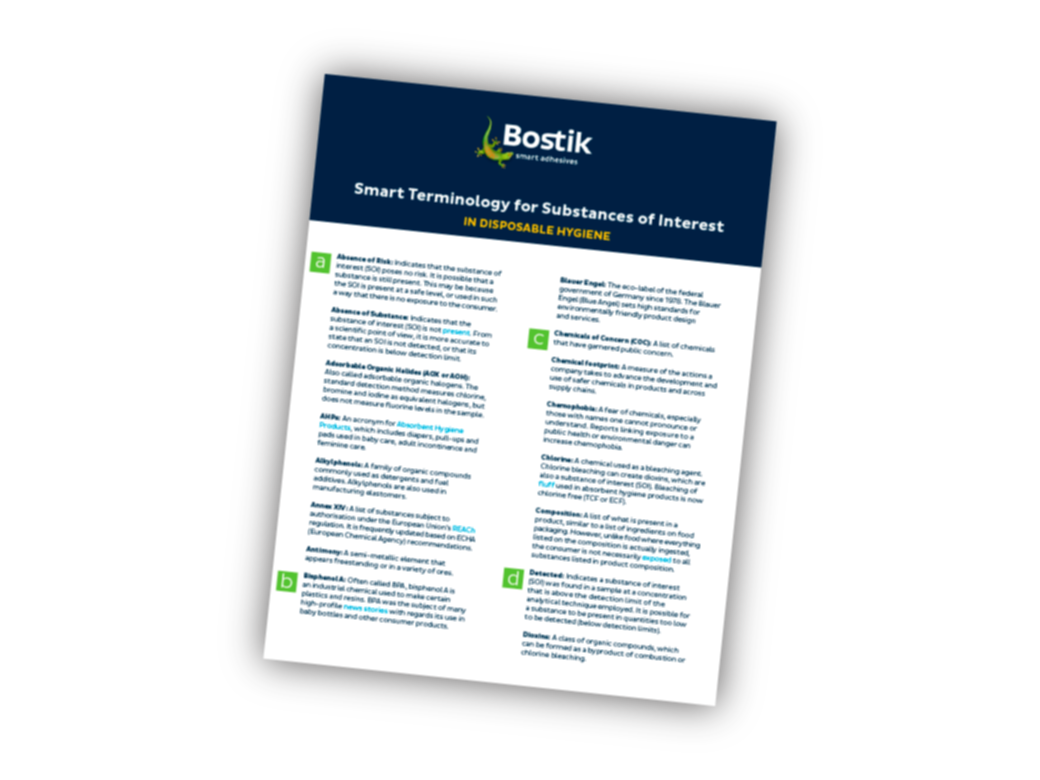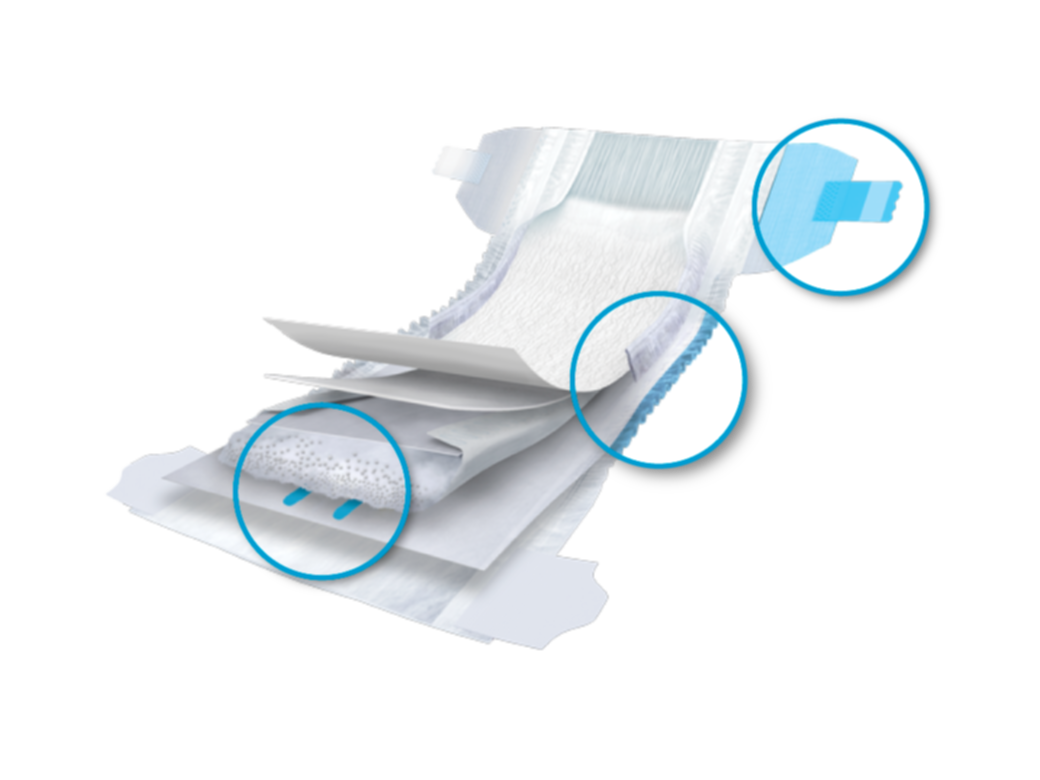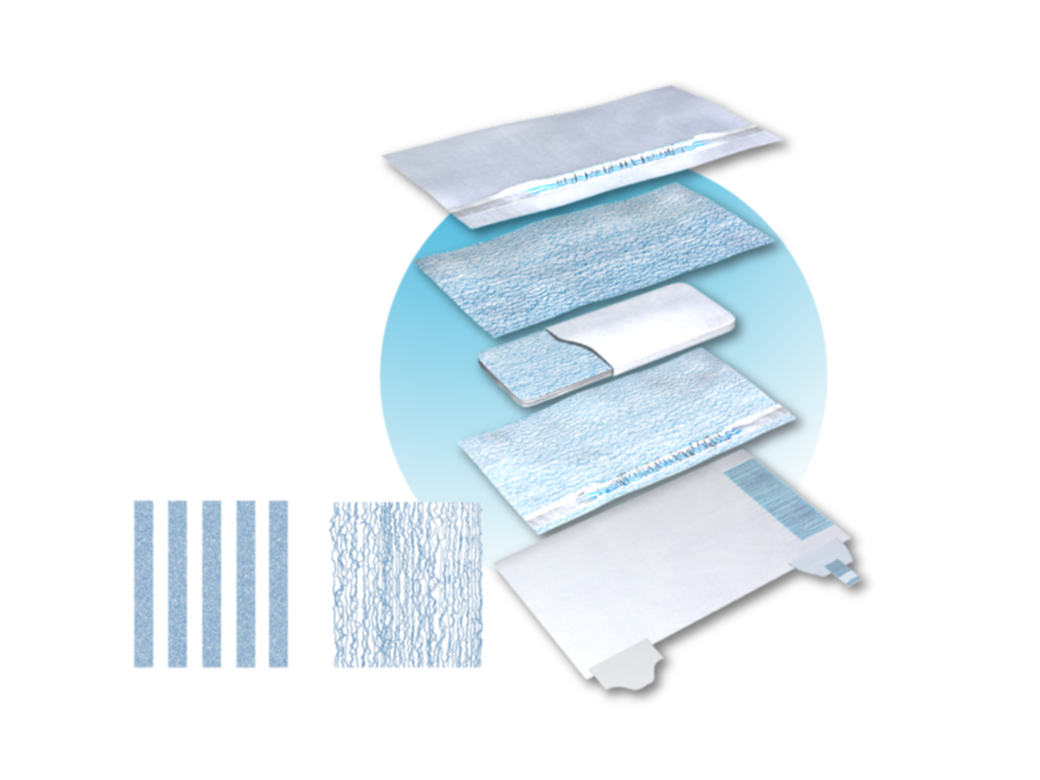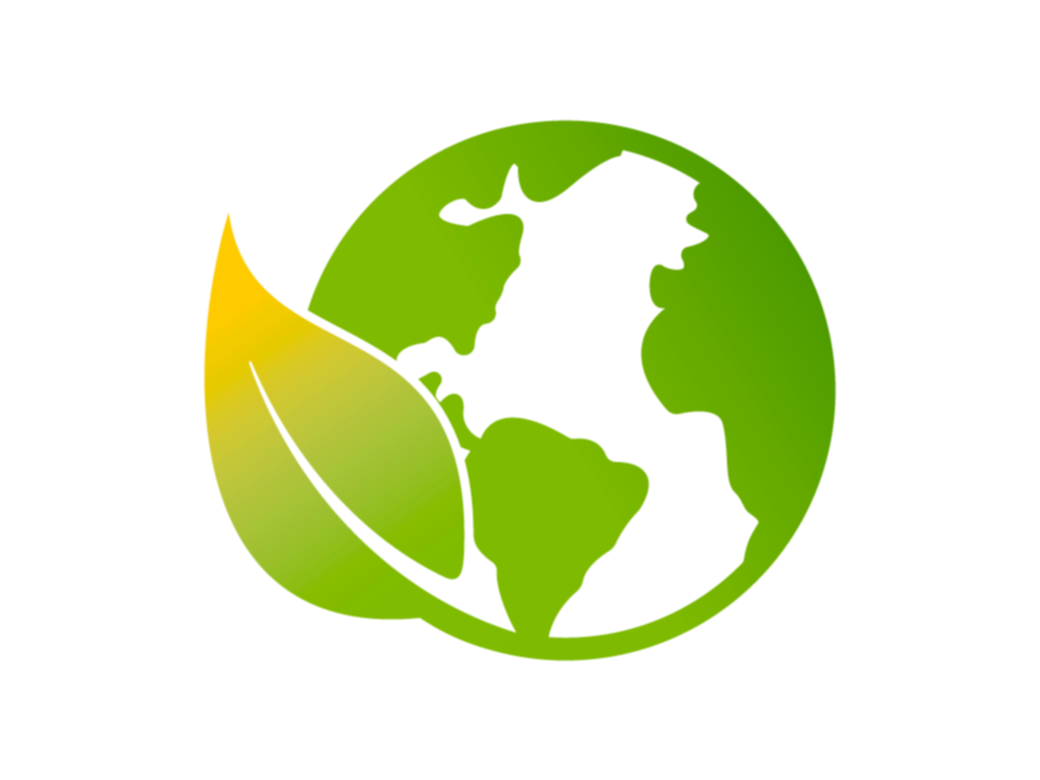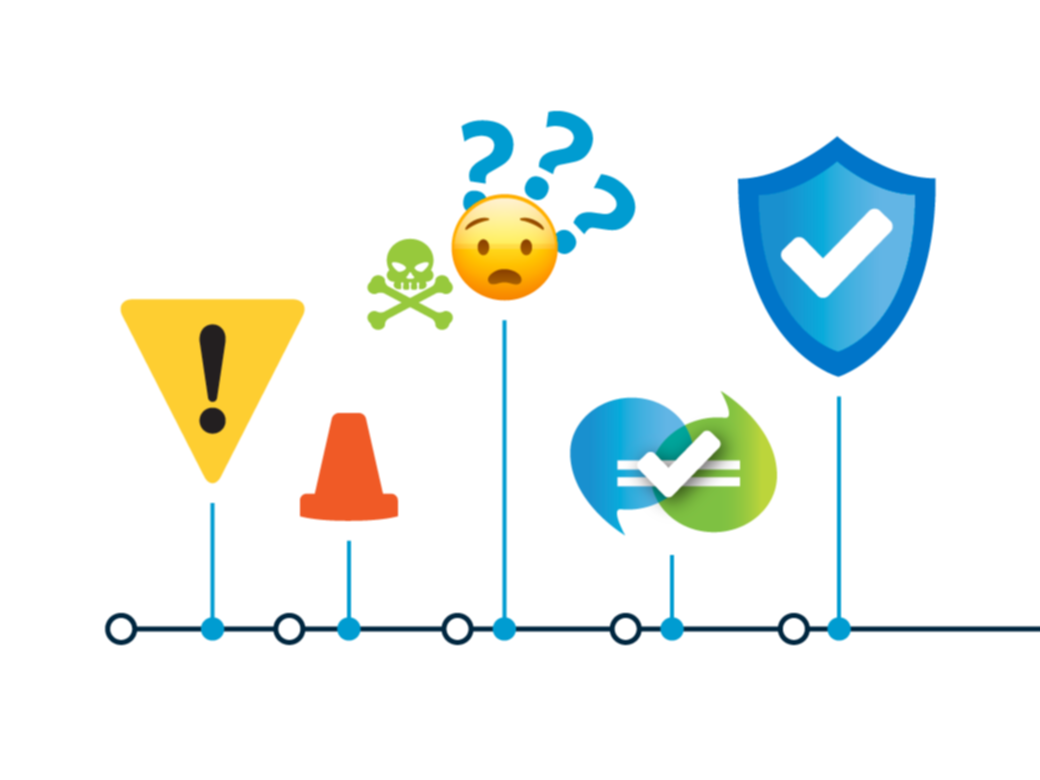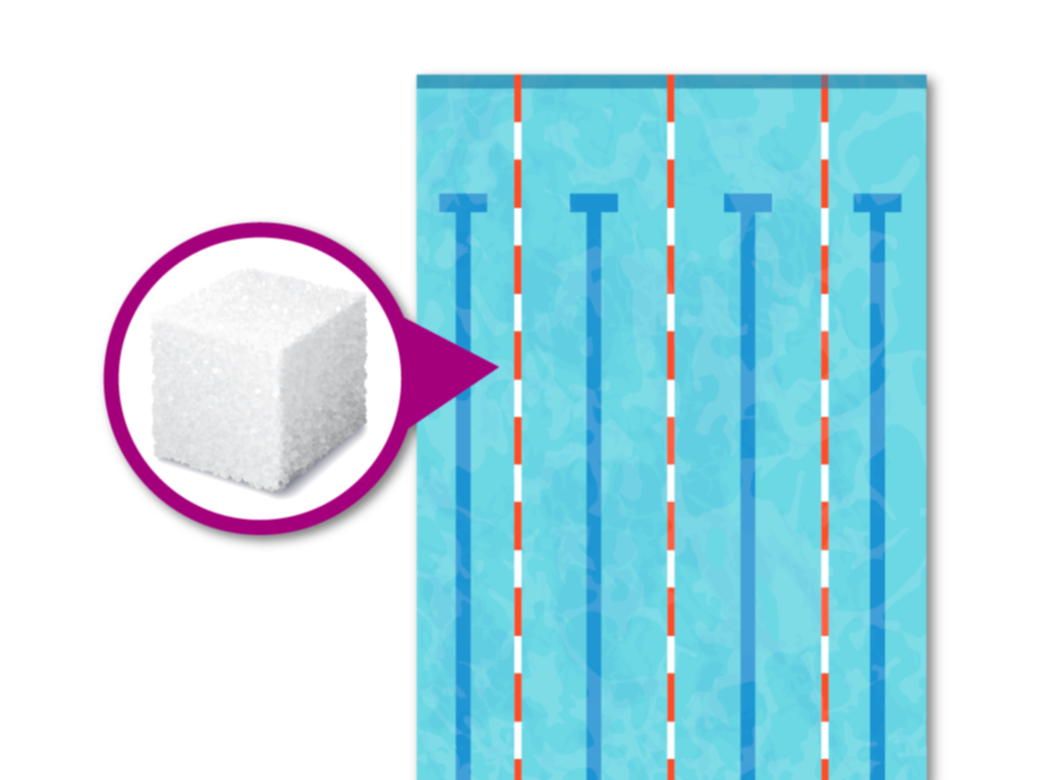Bostik's Terminology for Substances of Interest (SOI) in Absorbent Hygiene
Access a printer-friendly PDF version here.
Adsorbable Organic Halides (AOX or AOH): Also called adsorbable organic halogens. Halogens in the standard classification of elements are chlorine, bromine, iodine, and fluorine (although standard test methods do not measure Fluorine). Organic halogens are halogen atoms that are included in an organic compound (i.e. containing carbon atoms), as opposed to halogens contained in inorganic molecules (such as sodium chloride).
AHPs: An acronym for Absorbent Hygiene Products, which includes diapers, pull-ups, and pads used in baby care, adult incontinence, and menstrual care.
Annex XIV: Also called the REACH Authorisation list, it is a list of substances subject to authorisation under the European Union's REACH regulation. It is frequently updated based on ECHA (European Chemical Agency) recommendations. The list contains substances that cannot be placed on the market unless granted an authorisation.
Antimony: A semi-metallic element that appears freestanding or in a variety of ores, used in semiconductors.
Bisphenol A: Often called BPA, bisphenol A is an industrial chemical used to make certain plastics and resins. BPA was the subject of many high-profile news stories with regards to its use in baby bottles and other consumer products.
Blauer Engel: The ecolabel of the federal government of Germany since 1978. The Blauer Engel (Blue Angel) sets high standards for environmentally friendly product design and services.
Chemicals of Concern (COC): A list of chemicals that have garnered public concern.
Chemical footprint: A measure of the actions a company takes to advance the development and use of safer chemicals in products and across supply chains.
Chemophobia: A fear of chemicals, especially those with names one cannot pronounce or understand. Reports linking exposure to a public health or environmental danger can increase chemophobia.
Chlorine: With the formula Cl2, it is a chemical that is used in many industrial processes and household products. In our context, it was used as a bleaching agent for fluff pulp and in the paper manufacturing process in general. Chlorine bleaching can create dioxins, which are also a substance of interest (SOI). Bleaching of fluff used in absorbent hygiene products is now chlorine free (TCF or ECF).
Detected: Indicates a substance was found in a sample at a concentration that is above the detection limit of the analytical technique employed. It is possible for a substance to be present in quantities too low to be detected (below detection limits).
Dioxins: A class of organic compounds, which can be formed as a by-product of combustion or chlorine bleaching.
European Chemicals Agency (ECHA): The driving force among regulatory authorities in implementing the European Union's chemicals legislation.
Eco-label: A certification that identifies products or services as environmentally friendly. This commonly includes evaluation of the products and their supply chain. Many absorbent hygiene products in Europe have earned eco-labels, or are in the process of doing so.
EDANA: The international association for the nonwovens and related industries, a trade organisation that also includes manufacturers of absorbent hygiene articles.
Elemental chlorine free (ECF): Indicates a bleaching process for fluff pulp, and the resulting fluff pulp, where the bleaching agents are free of elemental chlorine. (It may still include chlorine in other forms.) ECF can refer specifically to bleaching with chlorine dioxide or other bleaching agents.
Ethanol: A specific type of alcohol, most commonly found in alcoholic beverages.
Exposure-based risk assessment: Examines the How, Where, How Much, and How Long of exposure to substances to determine how much risk there is.
Formaldehyde: A naturally occurring, colourless gas, with a very strong smell. It is mostly used in pressed-wood products. Formaldehyde is considered a volatile organic compound (VOC).
Furans: A class of organic compounds. Furans are often released in the process of chlorine bleaching.
Glyphosate: An herbicide applied to kill both broadleaf plants and grasses.
Group’Hygiène: A French professional trade association for the manufacturers of single-use products for hygiene, health, and wiping.
Heavy metals: Any one of several metallic elements that has a high density. They include mercury, cadmium, arsenic, and others..
Herbicides: A chemical used to kill unwanted plants. Herbicides typically contain a variety of chemical substances.
Latex: Chemically, this is a polymer that is available as a dispersion in water. In the context of Absorbent Hygiene Products, latex commonly refers to natural rubber latex, a naturally occurring rubber collected by tapping of rubber trees. It can cause an allergic reaction in some people and is therefore very seldom used.
Lead: A heavy metal found in many natural ores. Lead was once common in many products including gasoline, paint, and dyes.
Mercury: A heavy metal. Also called quicksilver, mercury is the only metallic element that is liquid at room temperature. It was once used in many dyes.
Non-Governmental Organization (NGO): A non-profit organisation that operates independent of any government and often addresses social or political issues.
Nordic Swan: The official eco-label of the Nordic countries, Nordic Swan sets strict standards for goods and services that are awarded its seal of approval.
Organotin compounds: A class of organic compounds that include the element tin. Organotins are often used as antibacterial and anti-fungal agents.
Parabens: A class of related organic compounds. Commonly used as preservatives, parabens help prevent the growth of fungus, bacteria, and other potentially dangerous microbes.
Pesticide: A chemical used to destroy unwanted insects and other harmful organisms. Pesticides may contain several chemical substances.
Phthalates: A group of chemicals often used to soften and increase the flexibility of polymers.
Polyaromatic hydrocarbon (PAH): Also called polycyclic aromatic hydrocarbons, this class of chemicals occur naturally in coal, petroleum, crude oil, and other organic resources. They can also be produced when organic compounds are burned.
Polyvinyl chloride (PVC): A polymer of vinyl chloride. PVC is a versatile compound, often used for its thermoplastic qualities.
Rash: An unhealthy change in skin which affects its colour, appearance and/or texture.
Regulation, Evaluation Authorisation and restriction of Chemicals (REACh): A regulation of the European Union (EU), adopted to improve the protection of human health and the environment from the risks that can be posed by chemicals, while enhancing the competitiveness of the EU chemicals industry. It also promotes alternative methods for the hazard assessment of substances in order to reduce the number of tests on animals.
Restricted Substance Lists (RSLs): A list of substances that manufacturers have decided to restrict (whether limit or ban).
Substance: Generally, something made of a single element or molecule.
Substance of Interest (SOI): Any element or substance that is of interest to those wanting to know about its effects on human health and/or the environment.
Substance of Very High Concern (SVHCs): Substances that may have serious effect on human health and the environment. ECHA regularly updates a list of SVHC, considered for authorisation in REACH.
Talc: A clay mineral used in talcum powder and other cosmetic products for decades.
Totally chlorine free (TCF): Indicates a bleaching process for fluff pulp, and the resulting fluff pulp, where the bleaching agents do not contain chlorine as an element or as an atom in the molecule. TCF refers to complete absence of chlorine (in any form) in materials and products.
Toxic: Poisonous or otherwise harmful to the environment or human health if inhaled, ingested, or absorbed through the skin.
Trace Amounts: A very low concentration of a chemical or element. Trace amounts may or may not be detectable, depending on the sensitivity of the test.
Volatile organic compounds (VOCs): A very low concentration of a chemical or element. Trace amounts may or may not be detectable, depending on the sensitivity of the test.
SOI Materials from Bostik Academy
Click the links below to sign-in and access all of our Academy materials.

